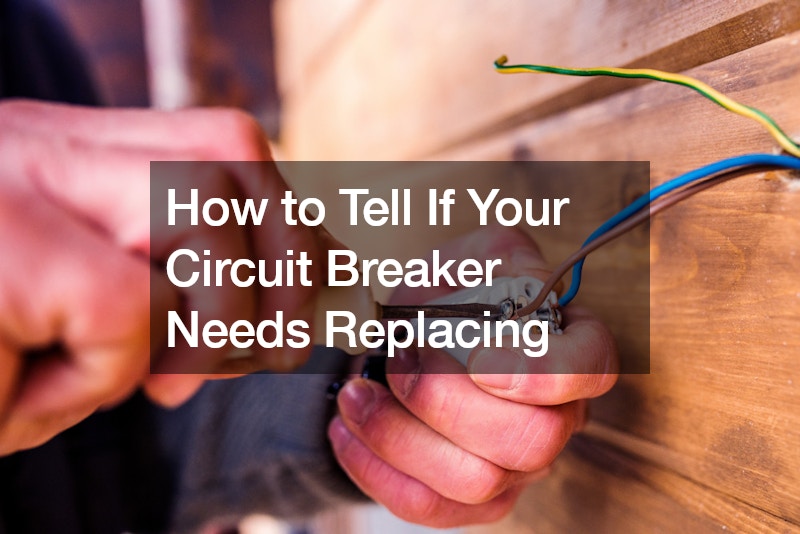Circuit breakers are the unsung heroes of your electrical system. These silent guardians trip whenever a circuit becomes overloaded, preventing dangerous overheating and potential fires. But like any other device, breakers can wear out or malfunction over time. So, how do you know if your trusty circuit breaker needs to be replaced?
There are several signs that can indicate a failing breaker. One of the most common is a breaker that trips frequently, even when you haven’t added any new appliances to the circuit.
This suggests the breaker can no longer handle its rated capacity. If resetting the breaker only results in it tripping again shortly after, that’s another strong indicator of a problem.
The condition of the breaker handle itself can also be a giveaway. A mushy or loose handle that feels weak compared to the others is a potential sign of internal damage. In some cases, the handle may not even stay in the “on” position. Additionally, any physical damage to the breaker, such as cracks, discoloration, or warping, should raise a red flag.
Perhaps the most concerning sign of a bad breaker is a burning odor emanating from the electrical panel. This could indicate overheating within the breaker itself, posing a serious fire hazard. If you ever detect this smell, turn off the main breaker immediately and contact a qualified electrician to investigate the source.
There are a few other things to watch out for with specific breaker types. AFCI (Arc Fault Circuit Interrupter) and GFCI (Ground Fault Circuit Interrupter) breakers, which offer additional protection against electrical faults, typically have a test button. Regularly pressing this button and ensuring it trips the breaker is a good way to confirm its functionality.
If you’re dealing with a two-pole breaker, designed for circuits carrying 220 volts (like ovens and dryers), a problem can arise where only one side supplies voltage. This indicates a malfunction within the breaker and necessitates a replacement.
While some of these signs are readily apparent, it’s important to remember that not all failing breakers exhibit obvious symptoms. In some cases, an electrician may need to use specialized equipment to diagnose the issue. If you suspect a breaker problem but aren’t comfortable inspecting the panel yourself, it’s always best to err on the side of caution and call a professional.
Here are some additional tips for maintaining your circuit breaker panel:
- Avoid overloading circuits. Each circuit has a specific amperage rating. Make sure you’re not plugging in too many appliances or exceeding the recommended load.
- Label your breakers. Clearly identify which breaker controls which circuit to make troubleshooting easier in the future.
- Schedule regular electrical inspections. An electrician can assess the overall health of your electrical system, including the circuit breakers, and identify potential problems before they escalate.
By familiarizing yourself with the signs of a failing breaker and taking steps to maintain your electrical panel, you can ensure the continued safety and functionality of your home’s electrical system. Remember, a properly functioning circuit breaker is a vital safety device, and a timely replacement can prevent electrical hazards and costly repairs down the road.
.



